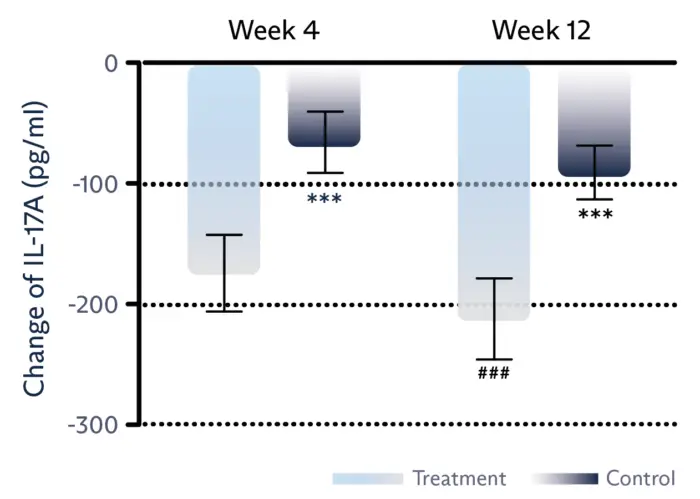What is MGD and Why is it Linked to Dry Eye Disease?
Meibomian Gland Dysfunction (MGD) is one of the leading causes of dry eye disease, affecting millions of people worldwide. This condition occurs when the meibomian glands in the eyelids fail to produce enough oil or secrete poor-quality oil, leading to tear film instability and dry eye symptoms. Understanding MGD and its connection to dry eye disease is crucial for proper diagnosis and effective treatment.
What is Meibomian Gland Dysfunction (MGD)?
The meibomian glands are tiny oil-producing glands located in the upper and lower eyelids. These glands release meibum, an essential oil that prevents tears from evaporating too quickly. In MGD, these glands become blocked, inflamed, or dysfunctional, leading to a deficiency in the oil layer of the tear film.
Causes of MGD
Several factors contribute to the development of MGD, including:
- Aging: The function of meibomian glands naturally declines with age.
- Hormonal Changes: Conditions like menopause can affect oil production.
- Environmental Factors: Exposure to dry or windy climates can worsen symptoms.
- Prolonged Screen Time: Reduced blinking while using digital devices can contribute to gland dysfunction.
- Contact Lens Wear: Long-term contact lens use may impact the health of the meibomian glands.
- Inflammatory Conditions: Conditions like rosacea or blepharitis can lead to gland blockages.
How MGD Leads to Dry Eye Disease
Dry eye disease occurs when tears evaporate too quickly or are not produced in sufficient quantity. Since the meibomian glands are responsible for providing the necessary oil to keep tears stable, MGD disrupts this balance, resulting in:
- Increased Tear Evaporation: Without enough oil, tears evaporate rapidly, leading to dryness.
- Eye Irritation and Redness: Inflammation caused by MGD can contribute to discomfort.
- Blurred Vision: An unstable tear film can cause intermittent blurry vision.
- Burning or Grittiness: Patients often feel a sensation of sand or burning in the eyes.
Diagnosis and Treatment of MGD
Early diagnosis of MGD is essential to prevent worsening dry eye symptoms. Eye care professionals use various tools such as meibography to assess gland structure and function. Treatment options include:
Home Remedies and Lifestyle Changes
- Warm Compresses: Applying a warm compress can help unclog blocked glands.
- Eyelid Hygiene: Regular eyelid cleaning with gentle wipes or cleansers can reduce inflammation.
- Blinking Exercises: Conscious blinking can help stimulate oil secretion.
- Hydration: Drinking enough water and using a humidifier can improve tear stability.
Medical Treatments
- Lipiflow or Thermal Pulsation Therapy: These treatments use heat and pressure to clear blocked meibomian glands.
- Omega-3 Supplements: Essential fatty acids can improve the quality of meibum.
- Prescription Eye Drops: Medications such as cyclosporine or lifitegrast can help manage inflammation.
- Punctal Plugs: These are used to retain moisture in the eyes by blocking tear drainage.
Conclusion
Meibomian Gland Dysfunction is a significant contributor to dry eye disease, affecting tear stability and overall eye comfort. Recognizing the symptoms early and implementing proper treatment strategies can help manage the condition effectively. If you experience persistent dry eye symptoms, consult an eye care professional for a comprehensive evaluation and personalized treatment plan.


